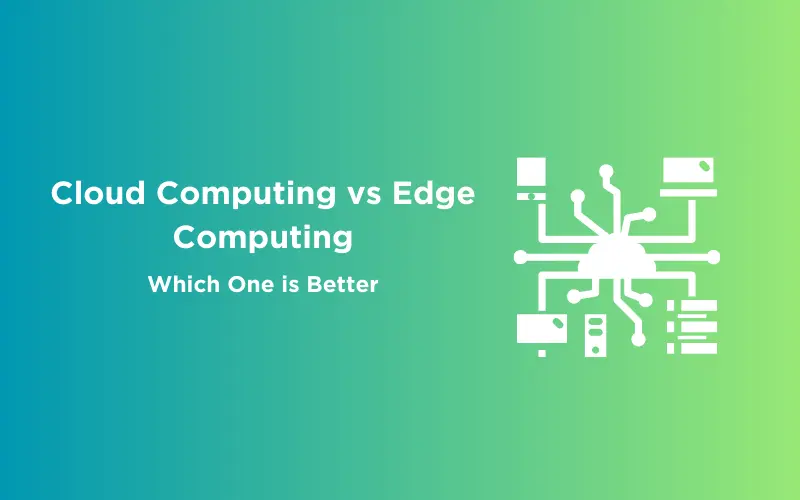
Cloud Computing vs Edge Computing: Which One is Better in 2025?
Mar 13, 2025 6 Min Read 4690 Views
(Last Updated)
In the world of tech, two buzzwords, “Cloud Computing” vs “Edge Computing,” have been taking the stage and many people wonder what’s the difference between these two as both sound so similar.
In our digital age, these two have sparked a heated debate about which one is better. This article explores the face-off between “Cloud Computing vs. Edge Computing,” breaking down their differences, strengths, and real-world impact to help you understand which one might be the best fit for your needs in our increasingly connected world.
So, without further ado, let’s get started.
Table of contents
- What is Cloud Computing?
- Key Concepts:
- Service Models:
- Advantages:
- What is Edge Computing?
- Key Concepts:
- Advantages:
- Applications:
- Cloud Computing vs Edge Computing: A Comparative Analysis
- Which One is Better? Cloud Computing or Edge Computing?
- Conclusion
- FAQ
- What is the fundamental difference between cloud computing and edge computing?
- Which computing model is better for applications with real-time requirements?
- Can edge computing work without a consistent internet connection?
- What are the typical use cases for edge computing?
- Can cloud computing and edge computing be used together?
What is Cloud Computing?
Cloud computing is a revolutionary technology that has transformed the way we store, access, and process data and applications. In short, it’s a method of using remote servers hosted on the internet to store, manage, and process data, rather than relying on a local server or a personal computer.
The term “cloud” represents the internet, and cloud computing enables individuals, businesses, and organizations to utilize computing resources as services provided by external providers.
Before we move to the next part, you should have a deeper knowledge of cloud computing concepts. You can consider enrolling yourself in GUVI’s Cloud Computing Course, which lets you gain practical experience by developing real-world projects and covers technologies including Azure Command-Line Interface (CLI), Azure Monitor, Azure Resource Manager (ARM) Templates, and tools like Visual Studio Code, among many others.Instead, if you want to explore Azure through a Self Paced course, try GUVI’s Azure certification course.
Here’s a detailed explanation of cloud computing:
Key Concepts:
- Remote Servers: Instead of running software or storing data on your local device, cloud computing uses powerful remote servers hosted in data centers. These servers are maintained and managed by cloud service providers like Amazon Web Services (AWS), Microsoft Azure, and Google Cloud.
- On-Demand Services: Cloud computing offers a range of services, including storage, computing power, databases, networking, and more, which you can access and use on-demand. You only pay for what you use, which makes it a cost-effective option for businesses.
- Accessibility: The primary advantage of cloud computing is accessibility. As long as you have an internet connection, you can access your data and applications from virtually anywhere, using a wide range of devices, from computers and smartphones to tablets and IoT devices.
- Scalability: Cloud services are highly scalable. You can easily scale up or down based on your needs. For instance, an e-commerce website can handle increased traffic during a sale by seamlessly scaling its computing resources in the cloud.
- Service Models: Cloud computing offers various service models, including Infrastructure as a Service (IaaS), Platform as a Service (PaaS), and Software as a Service (SaaS). These models cater to different user needs.
Service Models:
- IaaS (Infrastructure as a Service): IaaS provides virtualized computing resources over the Internet. Users can rent virtual machines, storage, and networking resources. This is ideal for businesses that need flexibility and control over their infrastructure.
- PaaS (Platform as a Service): PaaS provides a platform that includes tools and services for application development, testing, and deployment. Developers can focus on writing code without worrying about the underlying infrastructure. It’s perfect for software development.
- SaaS (Software as a Service): SaaS delivers software applications over the internet on a subscription basis. Popular examples include Google Workspace, Microsoft 365, and Salesforce. Users can access the software through a web browser.
Advantages:
Cloud computing is vital for individuals and businesses for several reasons:
- Cost-Efficiency: Cloud services eliminate the need for investing in and maintaining physical hardware. You pay for what you use, making it a cost-effective solution.
- Flexibility and Scalability: It offers the flexibility to adapt to changing demands, allowing businesses to scale up or down as needed.
- Accessibility: You can access your data and applications from anywhere with an internet connection, promoting remote work and collaboration.
- Reliability: Cloud providers ensure high availability and redundancy, reducing the risk of data loss.
- Innovation: It fuels innovation by providing a platform for the development of new technologies and services.
- Security: Cloud providers invest heavily in security measures, often exceeding what individual users or businesses can achieve locally.
Cloud computing has become an integral part of the modern technology landscape. It powers a wide range of applications, from email and file storage to complex data analytics and artificial intelligence.
Its impact is felt in various sectors, including business, healthcare, education, and entertainment, making it one of the most significant technological advancements of our time.
What is Edge Computing?
Edge computing is a new trend in the world of technology that represents a fundamental shift in how we process and manage data. Unlike traditional computing approaches that rely on centralized data centers, edge computing brings data processing closer to the source of data generation, typically at or near the “edge” of the network.
This transformative concept has gained prominence due to the increasing demand for real-time data processing, reduced latency, and enhanced efficiency in various applications. Here, I’ll provide a detailed explanation of edge computing.
Key Concepts:
- Decentralized Data Processing: In edge computing, data is processed and analyzed locally on devices or servers situated at the network’s edge, such as IoT devices, routers, or small data centers. This approach reduces the need to transmit all data to a remote cloud server for processing.
- Low Latency: Edge computing aims to minimize the delay, or latency, between data generation and processing. This is essential for applications where real-time responses are critical, such as autonomous vehicles, industrial automation, and augmented reality.
- Reduced Data Transit: By processing data at the edge, only relevant information or summarized data is sent to central cloud data centers, reducing network congestion and bandwidth usage.
- Distributed Network: Edge computing relies on a distributed network of edge devices and servers. This network architecture provides scalability and resilience, making it suitable for diverse applications.
Advantages:
Edge computing is vital for various reasons:
- Low Latency: Applications that require immediate responses, like autonomous vehicles and remote robotic control, depend on edge computing to minimize latency.
- Real-time Processing: Edge computing is ideal for real-time data analysis, enabling applications to make instant decisions based on the data they receive.
- Bandwidth Optimization: By processing data locally, edge computing minimizes the amount of data that is needed to traverse long-distance networks, saving on bandwidth costs.
- Privacy and Data Sovereignty: Edge computing allows organizations to retain more control over their data, ensuring sensitive information remains within their local environment, which can be important for data privacy and compliance with regulations.
- Scalability: Edge computing can be highly scalable, with the ability to add more edge devices and servers as needed, making it adaptable for growing requirements.
Applications:
Edge computing has a wide range of applications, including:
- IoT Devices: Internet of Things devices often operate at the edge to collect and process data from sensors and devices.
- Smart Cities: Edge computing can manage data from various sensors, cameras, and devices in smart city initiatives for traffic management, waste collection, and public safety.
- Healthcare: In telemedicine, edge computing ensures real-time monitoring and diagnostics, making it critical for patient care.
- Manufacturing: Industrial automation and robotics rely on edge computing to control machinery and ensure safety.
- Retail: Edge computing can enhance customer experiences by providing personalized recommendations in real-time.
- Augmented Reality (AR) and Virtual Reality (VR): Edge computing minimizes latency in AR and VR applications, delivering more immersive experiences.
- Autonomous Vehicles: Vehicles require instant decision-making based on sensor data, which edge computing enables.
Edge computing represents a shift from the traditional cloud-centric approach to a more distributed and responsive model.
While cloud computing still plays a crucial role in many applications, edge computing complements it by handling time-sensitive and resource-intensive tasks at the network’s edge. This combination of cloud and edge computing helps meet the diverse and evolving demands of today’s technology landscape.
Cloud Computing vs Edge Computing: A Comparative Analysis
This section includes a dissection of both computing powers, exploring their prowess, features, and drawbacks. Let us understand them better.
| Aspect | Edge Computing | Cloud Computing |
| Location of Data Processing | Data processing occurs at or near the source of data generation, typically at the edge of the network. | Data processing and storage take place in remote, centralized data centers. |
| Latency | Low latency, as data is processed locally, suitable for real-time applications. | Higher latency may be present due to data transmission to and from remote data centers. |
| Bandwidth Usage | Reduces bandwidth usage by processing data locally, only transmitting relevant information. | May demand significant bandwidth for data transmission to and from the cloud. |
| Data Privacy and Security | Offers more control over data privacy and security, as data remains closer to the source. | Data privacy and security are managed by cloud service providers, raising concerns in some cases. |
| Scalability | Scalability can be challenging as it often involves deploying more edge hardware. | Highly scalable with the ability to add or remove resources as needed. |
| Cost | Suited for applications requiring low latency and real-time processing, e.g., IoT, and autonomous vehicles. | Typically operational expenses (OpEx) where you pay for the resources you use. |
| Use Cases | Ideal for applications with variable resource requirements and where latency is less critical, e.g., web applications, and data analytics. | Ideal for applications with variable resource requirements and where latency is less critical, e.g., web applications, data analytics. |
| Examples of Implementation | IoT devices, autonomous vehicles, smart cities, industrial automation. | Ideal for applications with variable resource requirements and where latency is less critical, e.g., web applications, and data analytics. |
| Key Advantages | Low latency, real-time processing, reduced bandwidth usage, data privacy, scalability, and security. | Scalability, cost-efficiency, accessibility, and reliability. |
| Key Challenges | Scalability challenges, resource limitations, and the need for robust security measures. | Latency concerns, potential data privacy issues, and reliance on internet connectivity. |
Which One is Better? Cloud Computing or Edge Computing?
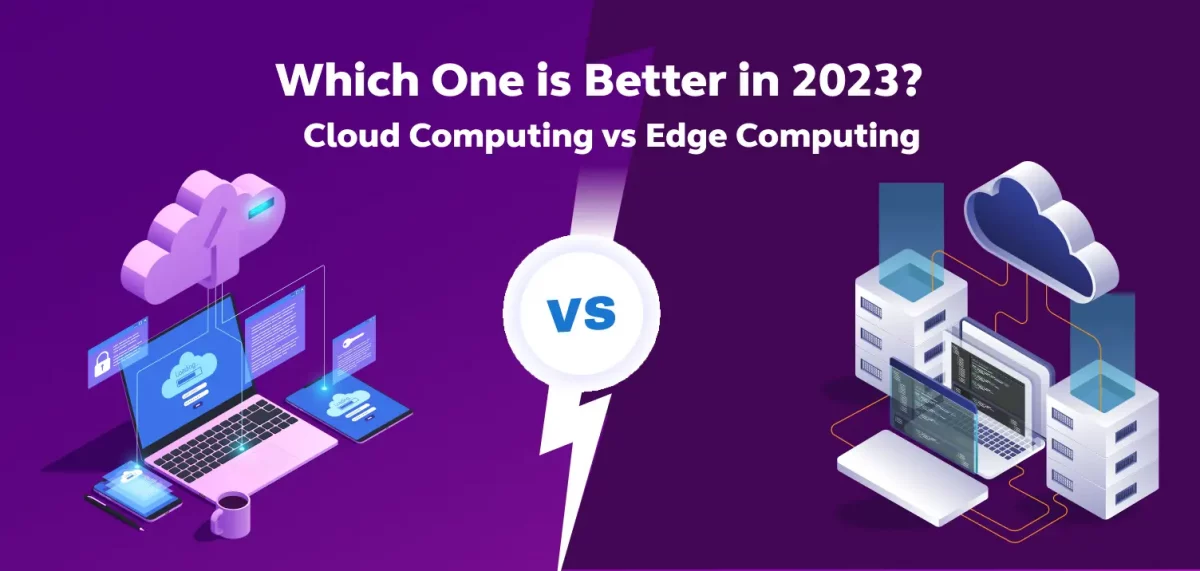
The choice between cloud computing vs edge computing depends on the specific needs of a given application. Both paradigms offer unique advantages and are not necessarily in competition; in fact, they can complement each other.
Cloud computing is better suited for applications that require scalability, cost-efficiency, and accessibility. It’s ideal for businesses that want to easily adapt to changing workloads, access data and applications from anywhere, and manage their computing resources without the need for extensive infrastructure investments.
It’s particularly beneficial for web-based applications, data analytics, and services that can leverage the resources of remote data centers.
On the other hand, edge computing excels when low latency, real-time processing, and data privacy and security are paramount. It’s a natural fit for applications like autonomous vehicles, industrial automation, and augmented reality, where split-second decisions and local data control are critical.
Edge computing can also save on bandwidth costs by reducing data transfers over the network. In many cases, the choice may not be one or the other; a hybrid approach, which combines both cloud and edge computing, can be the most effective solution.
This allows businesses to leverage the strengths of each approach, ensuring that data is processed efficiently and in a way that aligns with specific application requirements.
Kickstart your career by enrolling in GUVI’s Cloud Computing Course, where you will master technologies like matplotlib, pandas, SQL, NLP, and deep learning, and build interesting real-life cloud computing projects.
Alternatively, if you would like to explore Python through a Self-Paced course, try GUVI’s Azure certification course.
Conclusion
In conclusion, the debate between Cloud Computing vs Edge Computing is not a matter of one being better than the other, but rather about understanding their distinct strengths and when to deploy them.
Cloud computing offers scalability, cost-efficiency, and remote accessibility, making it a powerhouse for web-based applications and data analytics. Learning cloud computing can make you powerful enough to make a mark in the tech world as the cloud will never be out of trend.
In contrast, edge computing excels in scenarios where low latency, real-time processing, and data privacy are paramount, making it a game-changer for applications like autonomous vehicles and industrial automation.
The future of computing may well be defined by the harmony between the cloud’s vast resources and the edge’s immediate responsiveness, ensuring that our technology meets the diverse and evolving needs of today’s digital world.
FAQ
Cloud computing centralizes data processing in remote data centers, whereas edge computing processes data locally, near the source of data generation.
Edge computing is better for real-time applications due to its low latency, allowing immediate processing and decision-making.
Yes, edge devices can operate offline or with intermittent connectivity, making them suitable for remote or disconnected environments.
Edge computing is suitable for applications like autonomous vehicles, industrial automation, augmented reality, and IoT devices.
Yes, a hybrid approach can combine the strengths of both paradigms, leveraging cloud computing’s vast resources and edge computing’s immediate responsiveness as needed.

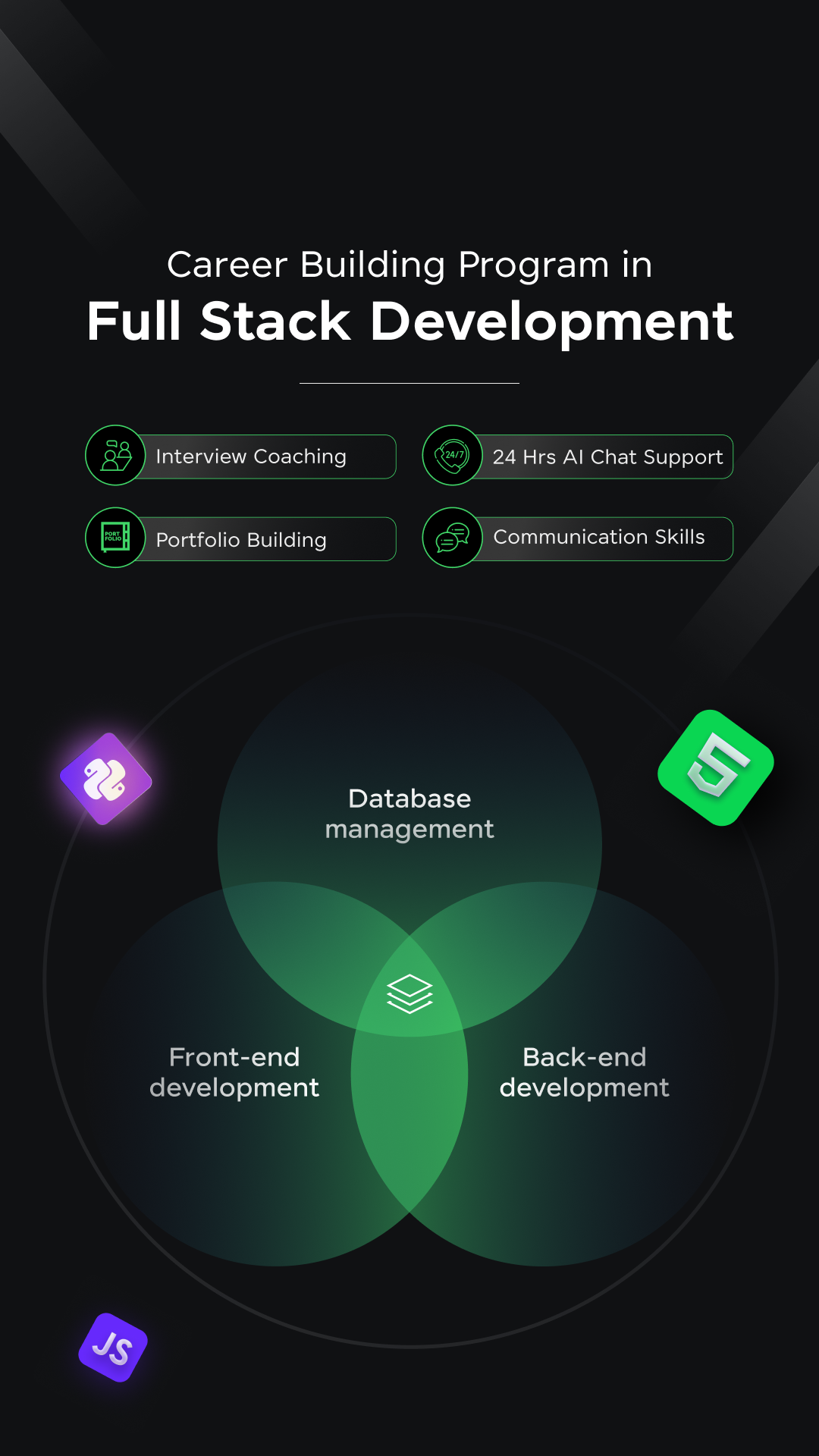

















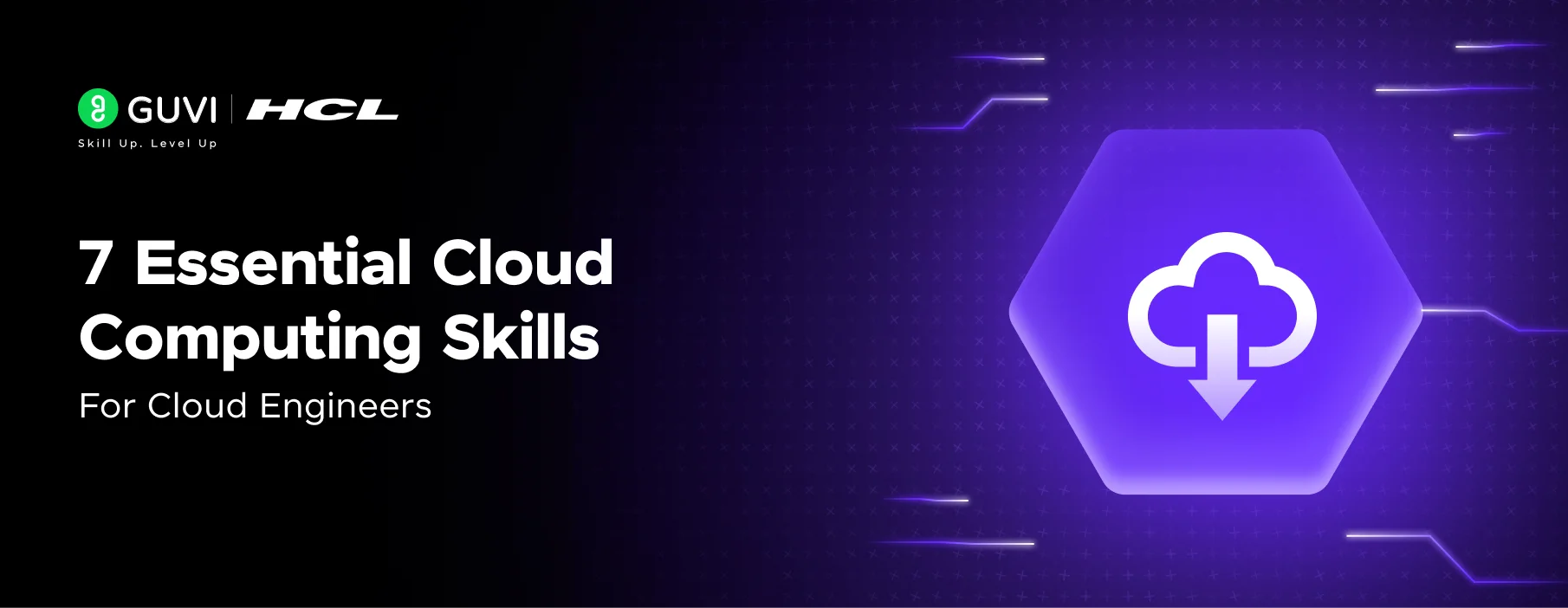
![Top 30 Networking Interview Questions and Answers [Includes All 3 Levels] 5 Networking Interview Questions and Answers](https://www.guvi.in/blog/wp-content/uploads/2025/05/30-Crucial-Networking.webp)
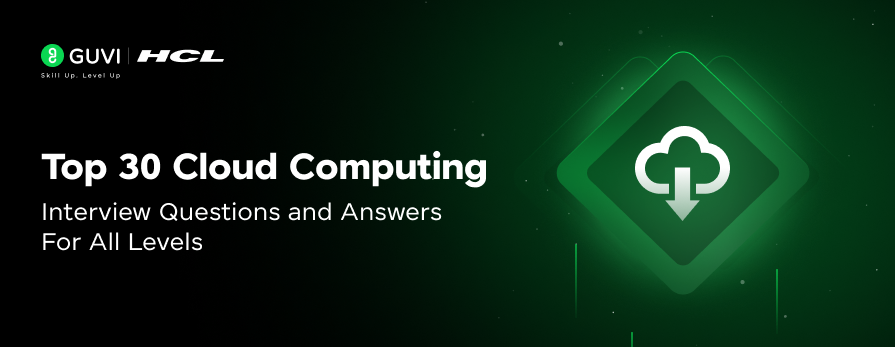
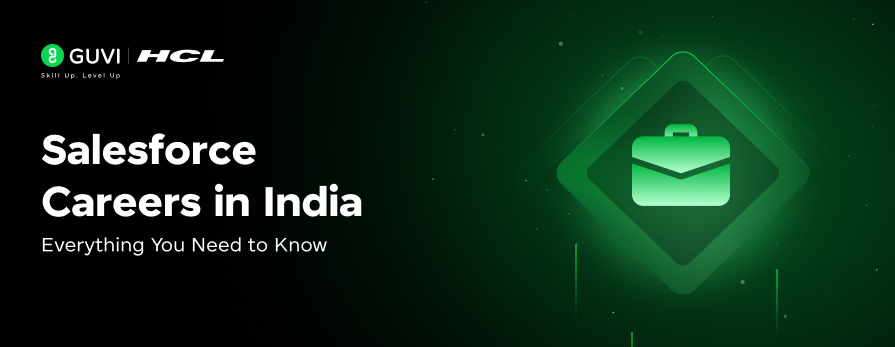
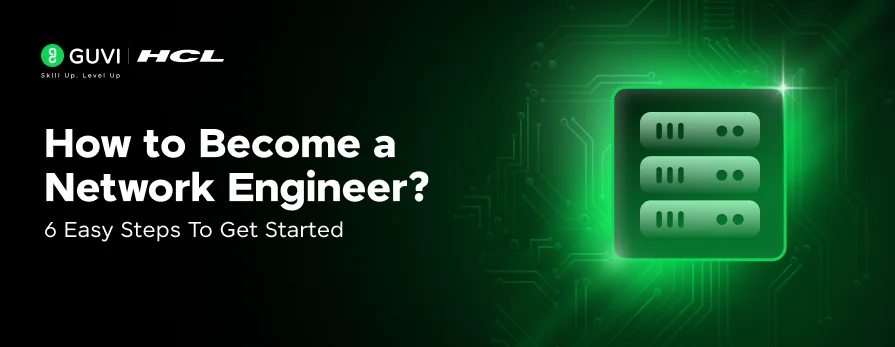
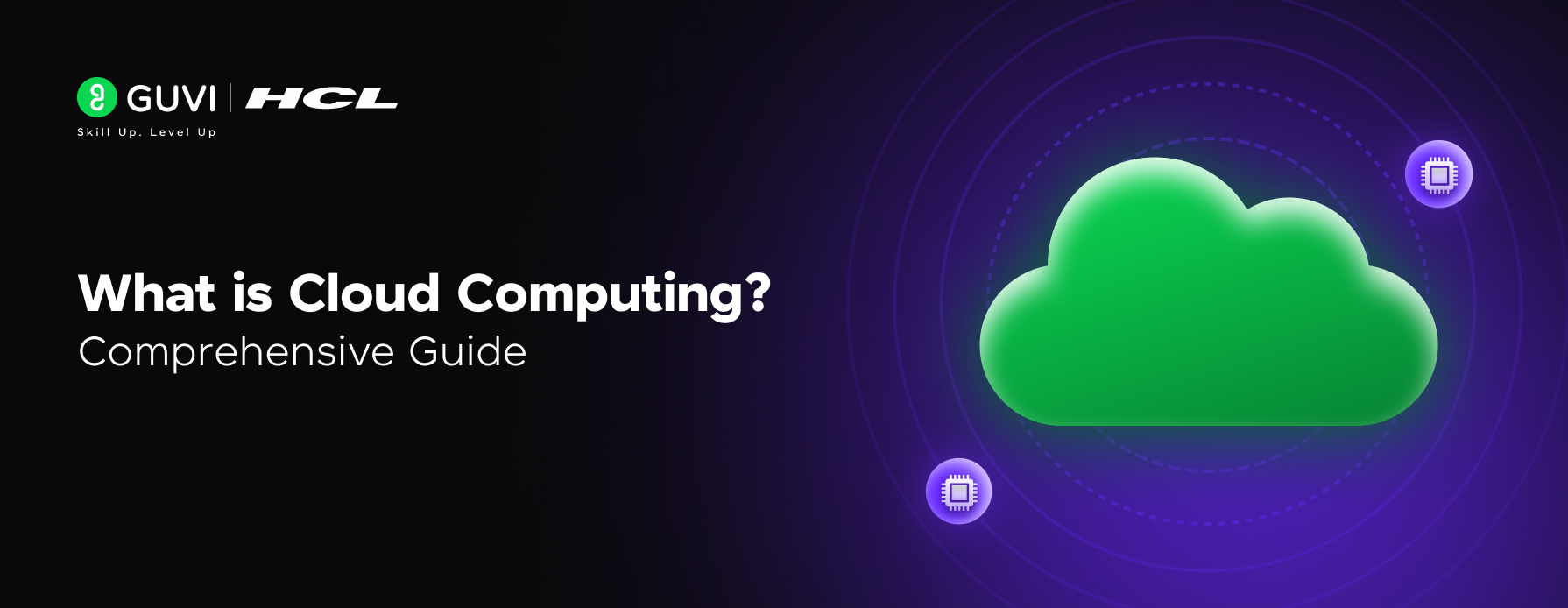
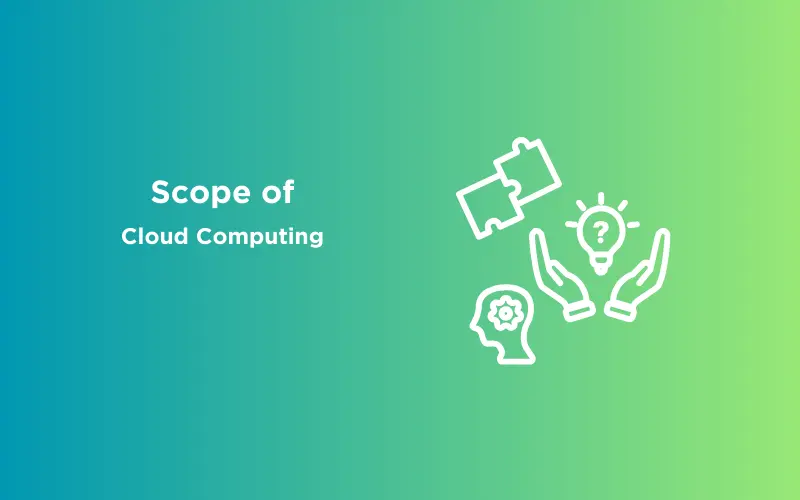
![10 Best AWS Cloud Computing Courses [Free+Paid] 11 AWS Cloud Computing Courses](https://www.guvi.in/blog/wp-content/uploads/2025/07/AWS-Cloud-Computing-Courses.webp)

Did you enjoy this article?